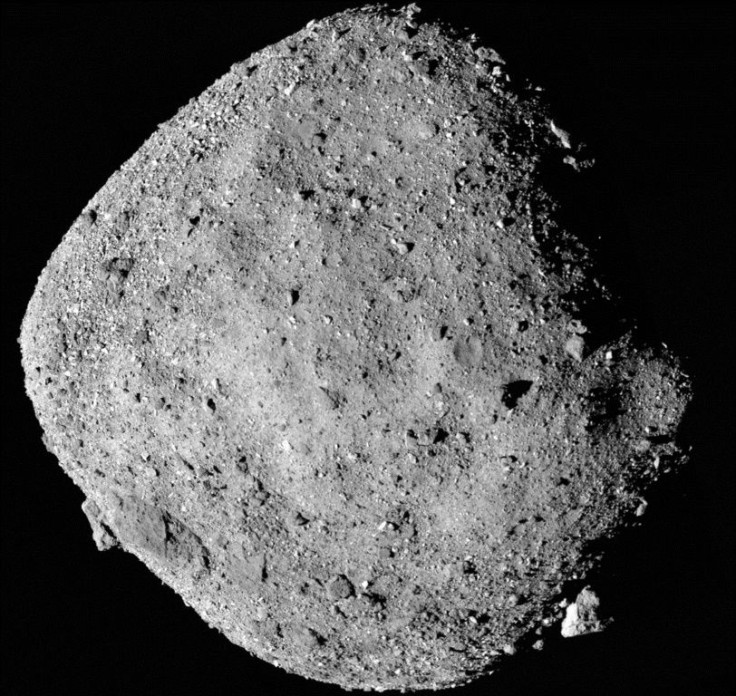Worried About Asteroid Bennu's Odds Of Hitting The Earth? Here's Why You Shouldn't Be
KEY POINTS
- Researchers this week released their hazard assessment of Asteroid Bennu
- Chances of NEO hitting the Earth slightly increased, but it's still "not significant"
- Agencies like NASA are looking out for potential threats
A recent study by NASA researchers has found an increased chance of asteroid Bennu hitting the Earth, but the overall chances are said to be slim. Still, should you really worry about an asteroid crashing on the Planet and bringing about another massive extinction event like the one that killed off the dinosaurs?
A study, published this week in the journal Icarus, details the work of NASA researchers who used precision-tracking data to determine the hazard risk of Near-Earth Object (NEO) Asteroid Bennu. In the study, NASA researchers determined the probability of Asteroid Bennu hitting the Earth through to 2300 is at one in 1,750.
"The impact probability went up just a little bit, but it's not a significant change," Davide Farnocchia of the Center for Near Earth Objects (CNEOS) at NASA's Jet Propulsion Laboratory (JPL), said as per NPR. "So there is no particular reason for concern."
But are there other possible impacts that people should be worried about? NEOs are basically comets or asteroids that were "nudged" by the gravity of other planets to enter the vicinity of the Earth's neighborhood, CNEOS explained. According to NASA, they are the ones that approach the Earth at less than 1.3 times the distance of the Earth from the Sun.
"Most NEOs pose no peril at all," the agency said. "It's the small percentage of Potentially Hazardous Asteroids that draws extra scrutiny. These objects are defined as those that approach Earth at less than half the Earth-Sun distance."
In the CNEOS impact risk data, one can see NASA's monitoring of the known objects that pose potential impact risks. In the table, one can see a list of the asteroids the agency is watching out for, all of which have over 95% chance of missing the Earth. In fact, most of them have over a 99% chance of missing our planet.
In the case of Asteroid Bennu, whose size, primitive composition and potential hazard make it among "the most fascinating and accessible NEOs," Impact Risk Data shows it has a 99.943% chance of missing the Earth. Some objects that were previously detected hazardous have also been removed from the list.
Still, agencies such as NASA are keeping a close watch on the skies for a possible hazard.
"Although the chances of it hitting Earth are very low, Bennu remains one of the two most hazardous known asteroids in our solar system, along with another asteroid called 1950 DA," NASA said.
Asteroid 1950 DA was discovered on Feb. 23, 1950, and was eventually detected to pose a potential hazard. Its potential impact date is March 16, 2880. But based on the CNEOS list, its chances of missing the Earth is still at 99.988%.
People "shouldn't lose sleep" over concerns of asteroids hitting the Earth, The Planetary Society noted. But it also stressed the importance of tracking them and developing deflection solutions.
"Scientists and engineers are developing plans for warning systems and diversion tactics, just in case an asteroid should ever be found in an orbit that could endanger our planet," NASA said.

© Copyright IBTimes 2024. All rights reserved.












